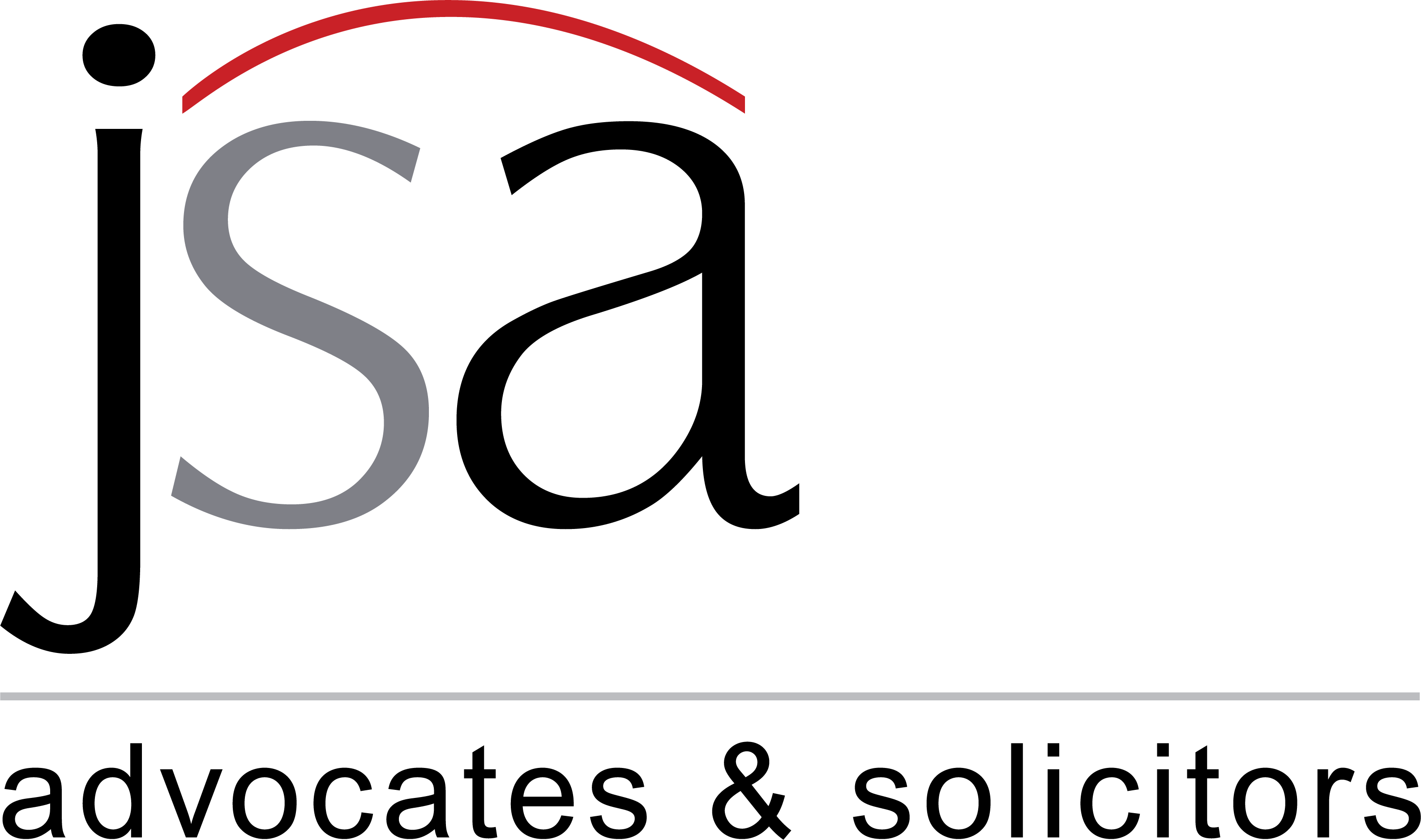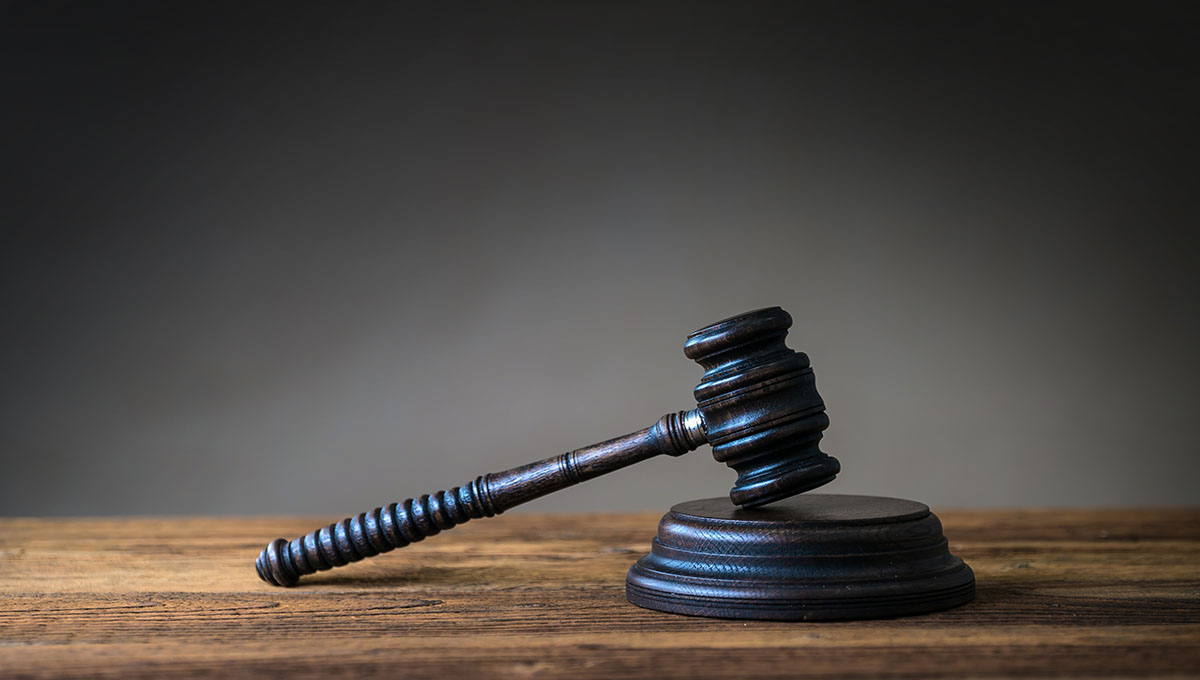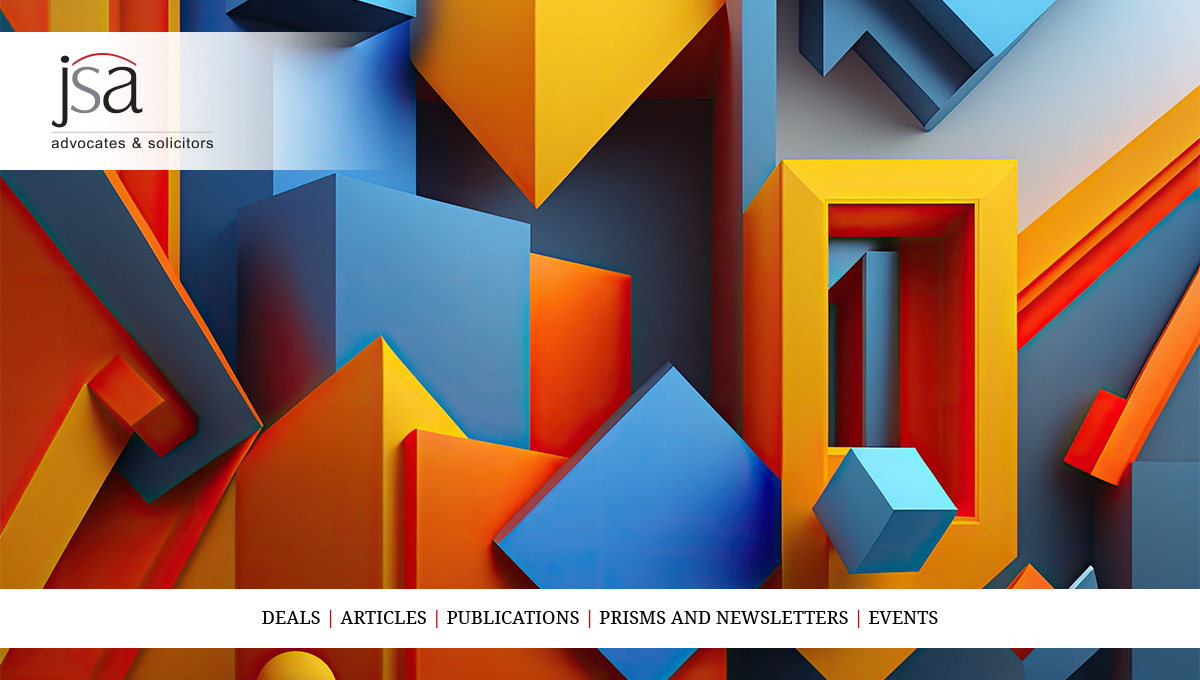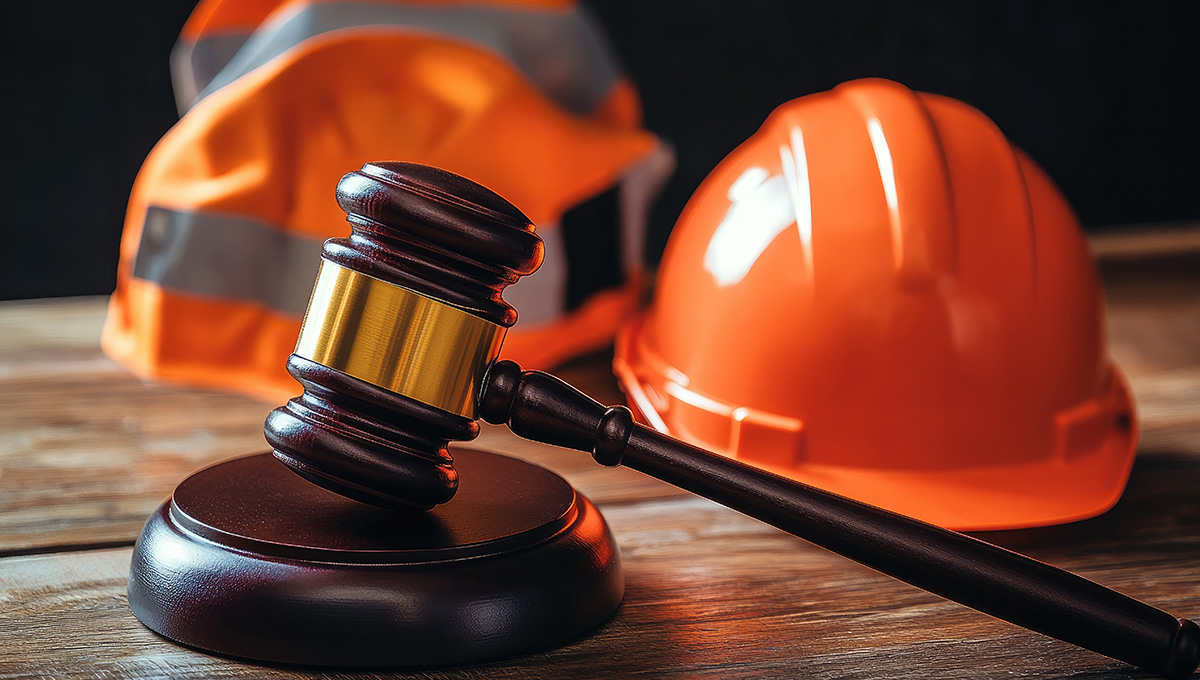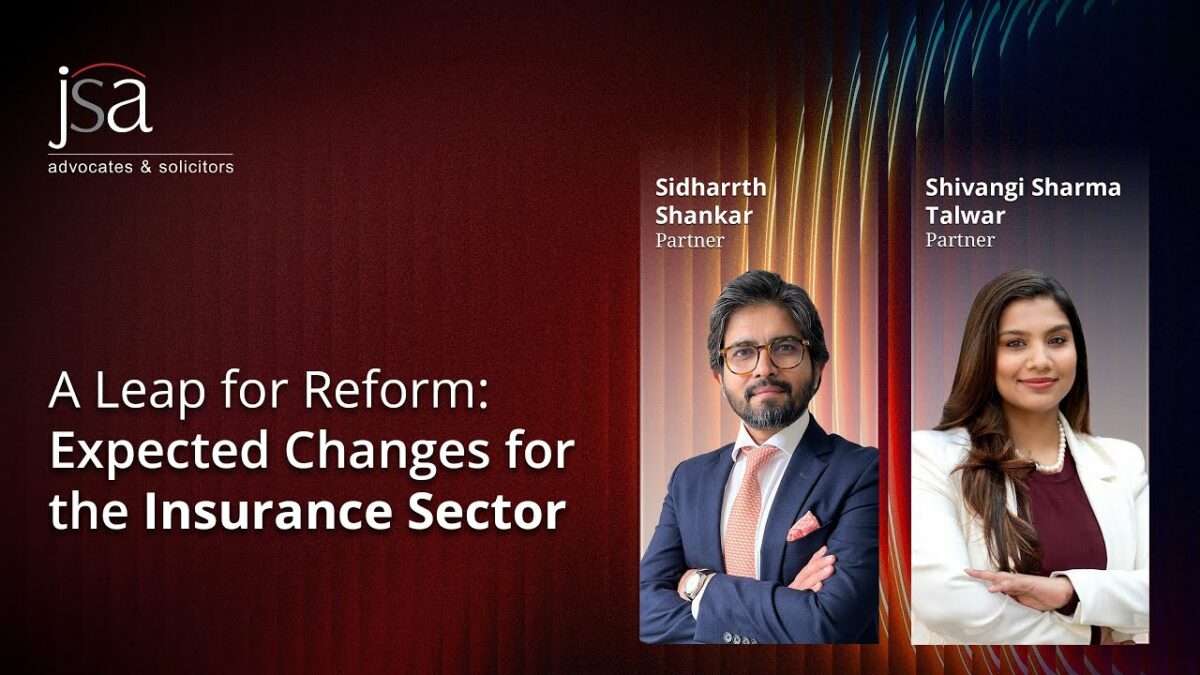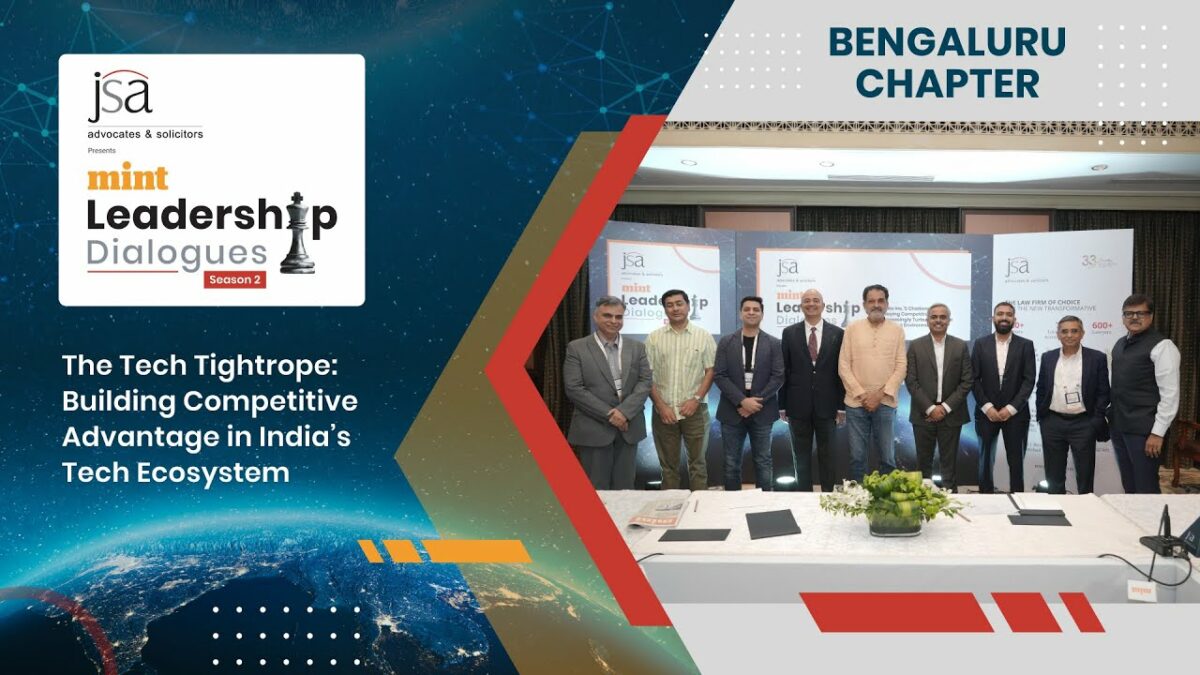JSA Advocates and Solicitors represented Chemco Plastic Industries Private Limited in obtaining an injunction restraining Chemco Plast from infringing its registered trademark ‘CHEMCO’
By an order dated 03 December 2025 (“Order”), a single judge of the Bombay High Court partly allowed an Interim Application (“Application”) filed by Chemco Plastic Industries Private Limited (“CPIPL”) in a Commercial IP Suit (“Suit”) seeking a temporary injunction restraining M/s. Chemco Plast (“Chemco Plast”) from infringing CPIPL’s registered trademark ‘CHEMCO’.
CPIPL had filed the Suit inter alia seeking an injunction restraining Chemco Plast from infringing its registered trademark ‘CHEMCO’. In its Application, CPIPL inter alia contended that: (i) CPIPL is the prior adopter and registered proprietor of the mark ‘CHEMCO’; (ii) there is incontrovertible evidence to demonstrate that Chemco Plast has been using the mark ‘CHEMCO’, the trading name ‘CHEMCO PLAST’, and the domain name ‘www.chemcoplast.com’; (iii) Chemco Plast has not secured any registration of its impugned mark; (iv) the goods manufactured and sold by CPIPL and Chemco Plast are similar and their marks are identical; (v) the rival goods, which are similar, are sold by both the parties through the same trade channels and the parties have common purchasers. Accordingly, confusion has and is bound to arise in the minds of discerning customers; (vi) given that the rival marks and goods are identical, infringement of CPIPL’s mark squarely falls within the ambit of Section 29 (2) (c) of the Trade Marks Act, 1999 (“Act”) and thus, it must be presumed that the use of the impugned trade mark by Chemco Plast is likely to cause confusion as set out under Section 29 (3) of the Act; and (vii) CPIPL’s mark ‘CHEMCO’ is a well-known mark. Consequently, the use of the impugned mark by Chemco Plast, even if in respect of dissimilar goods amounts to infringement of CPIPL’s mark under Section 29 (4) of the Act.
The Hon’ble Court inter alia held that:
- The goods manufactured by CPIPL and Chemco Plast have an element of similarity. The specific products, variety, and refinement may be different, however, by and large both parties are prima facie engaged in the manufacture of plastic products which cater to the same customers, have similar trade channels, and are put to similar use.
- There was material on record to prima facie demonstrate that Chemco Plast has used and / or attempted to use ‘CHEMCO’ as a mark, such as below:
- Attempting to register the mark ‘CHEMCO’ and ‘CHEMCO PLAST’, claiming user from 1977 and 1998 respectively.
- Using the mark
 along with ‘CHEMCO PLAST’ in the invoices raised by Chemco Plast.
along with ‘CHEMCO PLAST’ in the invoices raised by Chemco Plast. - Filing an affidavit in support of an application filed by Chemco Plast for registration of the mark ‘CHEMCO’ under Class 21 before the Trade Marks Registry, wherein the partner of Chemco Plast had on oath affirmed that the trademark ‘CHEMCO’ had been used by Chemco Plast continuously since 22 August 1998.
- The website of Chemco Plast revealing that ‘CHEMCO’,
 , and ‘CHEMCO PLAST’ were being used by Chemco Plast.
, and ‘CHEMCO PLAST’ were being used by Chemco Plast. - The reply of Chemco Plast dated 14 October 2015 to the cease and desist notice dated 19 September 2015 in which it has stated that since the year 2006 it was manufacturing and / or marketing a wide range of products under the trade mark ‘CHEMCO’, trade name ‘CHEMCO PLAST’, and domain name www.chemcoplast.com.
- Considering the material on record, CPIPL has been able to prima facie demonstrate that Chemco Plast invaded, attempted to invade, and threatened to invade the registered trademark of CPIPL. Chemco Plast was restrained from using the marks ‘CHEMCO’ and ‘CHEMCO PLAST’ in relation to its goods including in its preforms, plastic bottles, caps, and other plastic packaging materials
- In light of the presence of Chemco Plast in the market with the trade name ‘CHEMCO’ for nearly 25 years since 1999, it may not be justifiable to grant an injunction against Chemco Plast from using ‘CHEMCO’ as a trade name or part of the domain name.
The JSA team was led by Partner Farhad Sorabjee with support from Partner Pratik Pawar, Principal Associate Siddhesh Pradhan and Associate Meher Mistri.
